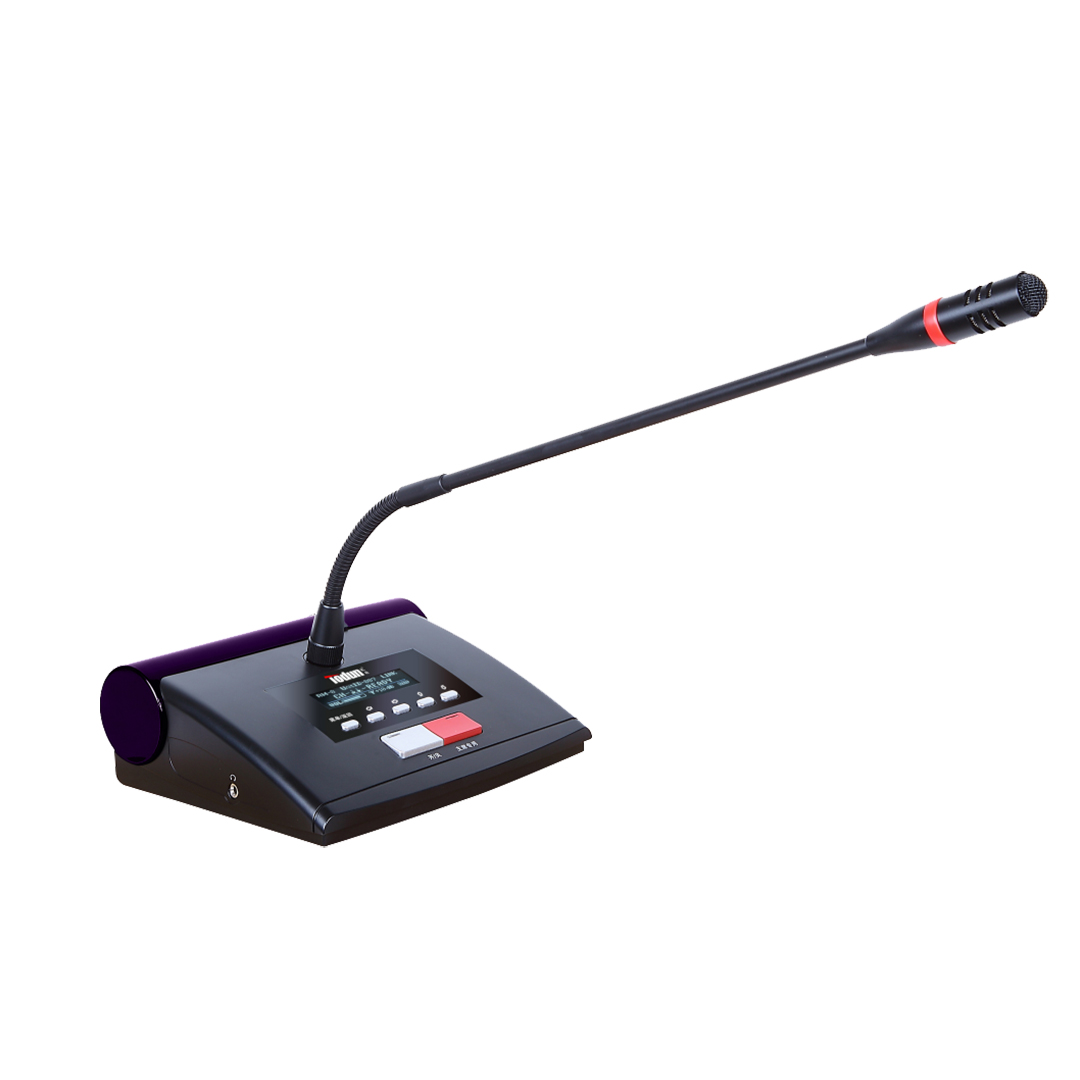Infrared Microphone Systems have a few advantages over their conventional cousins. Firstly, they eliminate radio frequency interference. Secondly, they have a much lower signal-to-noise ratio, and they require a direct line-of-sight between the microphone and receiver. Finally, they are easier to install.
Infrared Microphone systems eliminate radio frequency interference
Infrared MICROPHONE Systems eliminate radio frequency interference by transmitting audio signals via an infrared line-of-sight (LOS). This technology is best for applications where a clear line-of-sight is needed for the signal to travel, such as conferences and large meetings. Furthermore, it offers a higher level of privacy and security than traditional RF signals.
These systems use infrared technology that can pass through a wide range of materials and are secure and confidential. The infrared light only penetrates the walls of the meeting room, ensuring the privacy of conversations and audio files. New Digital infrared is a highly advanced form of infrared technology that eliminates radio frequency interference.
These systems offer many advantages over traditional systems, including freedom of configuration and placement. The technology also ensures privacy, preventing cross-talk and eliminating radio frequency interference. And unlike other systems, infrared communication is completely wire-tapping-free. It also offers perfect sound quality.
They require a direct line of sight between microphone and receiver
Infrared microphone systems work best when there is a direct line of sight between the microphone and the receiver. This is especially important when the microphone is located on a stage or a location that is not surrounded by large objects. Water absorbs RF radiation, which can be a problem for wireless microphones. In addition, microphones must be placed in the same room as the receiver, and they should be elevated above any objects or audiences that may block their view.
They reduce signal to noise ratio
The signal-to-noise ratio is the ratio between the signal and the noise in a wireless receiver. The higher the signal-to-noise ratio, the clearer the audio signal will be. Noise can be the result of many competing signals resonating at the same frequency. The more loudly a person speaks, the greater the signal-to-noise ratio.
A good signal-to-noise ratio is critical for reliable communication. A high signal-to-noise ratio ensures clear communication between receiver and transmitter. A low signal-to-noise ratio will lead to frequent errors and reduce the speed of data transfer. Consequently, it will be difficult to establish reliable communication.




